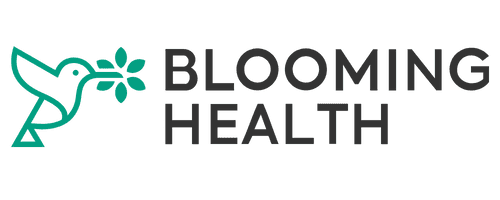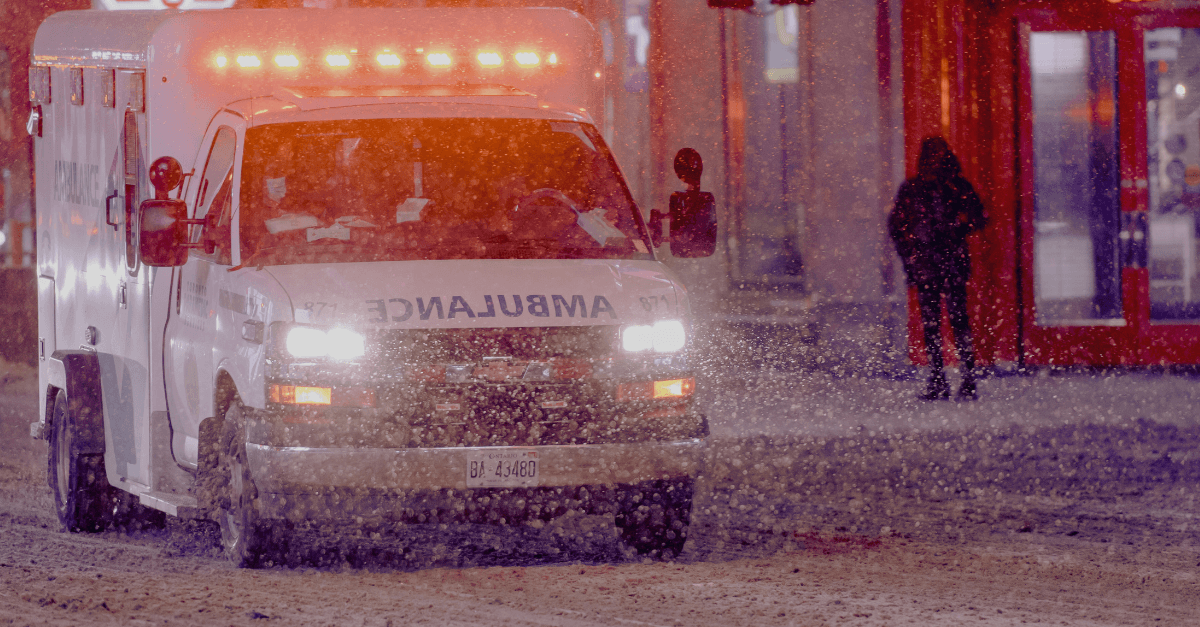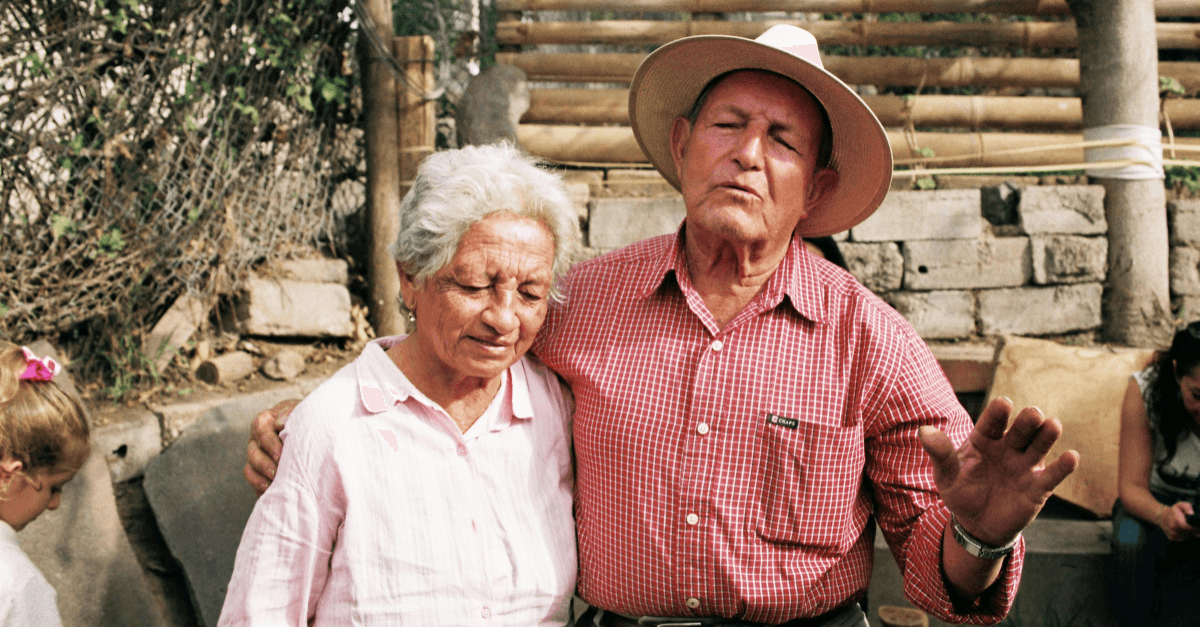Oct 8, 2025
Maryland's blueprint for healthier communities has arrived. The Public Health Services Administration recently released its Strategic Plan for 2024-2027, a comprehensive roadmap shaped by local health departments and public health professionals who witnessed firsthand what works, what doesn't, and what needs to change.
After years of pandemic response revealed gaps and opportunities, state leaders are charting a new course focused on five strategic priorities that recognize a fundamental truth: health outcomes are shaped by zip code, not just genetic code. Social drivers of health, such as stable housing, living-wage employment, and safe neighborhoods are prerequisites for health.
1. Building a Stronger Public Health Foundation
Maryland is expanding the workforce through new pipeline programs and training opportunities, including specialized curricula for Community Health Workers trained to screen for and address social drivers of health, housing instability, food insecurity, transportation barriers, and economic hardship. The state is also modernizing technology and implementing closed-loop referral systems that connect patients to both medical care and social services.
What this means for you: More qualified health professionals who understand your whole life situation, better coordination between healthcare and social service agencies, and help connecting to rental assistance, food programs, employment services, and utility assistance.
2. Preventing Chronic Disease Before It Starts
Chronic disease doesn't start in the doctor's office—it starts in neighborhoods without grocery stores, homes facing economic stress, and communities lacking safe spaces to exercise. Maryland's plan focuses on creating environments where healthy choices are easy choices—expanding access to nutritious food, supporting physical activity programs, increasing diabetes screenings, and partnering with housing authorities and workforce development agencies to address root causes.
What this means for you: More farmers markets in food deserts, safer walking trails, free diabetes screenings, support programs for lasting lifestyle changes, connections to living-wage job training, and assistance navigating SNAP and energy assistance programs.
3. Advancing Women's Health Across the Lifespan
Maryland recognizes that maternal outcomes are deeply connected to stable housing, child care access, and economic security. The plan expands home visiting programs from 10 to 19 jurisdictions, strengthens perinatal care coordination, increases postpartum mental health services, and screens for intimate partner violence, housing instability, and food insecurity during prenatal visits.
What this means for you: Home visits that address both health and housing needs, mental health support during pregnancy and postpartum, transportation assistance to medical appointments, and help navigating WIC, SNAP, and child care subsidies.
4. Supporting People Affected by Substance Use
Maryland is shifting from punishment to compassion—recognizing that recovery requires housing as healthcare and pathways to economic stability. The strategy expands naloxone distribution, supports syringe service programs, improves access to medication for opioid use disorder, promotes housing-first approaches, and includes employment support, criminal record expungement services, and peer support specialists with lived experience.
What this means for you: Life-saving naloxone in more community spaces, easier access to treatment without judgment, pathways to stable housing as a foundation for recovery, support finding living-wage employment, and integrated care that addresses physical health, mental health, and social needs together.
5. Preventing Violence as a Public Health Issue
Violence clusters where opportunity doesn't—in communities facing disinvestment, unemployment, and systemic inequity. Maryland is addressing root causes through research on social determinants, educational campaigns on safe gun storage and conflict resolution, county-level violence data dashboards, economic opportunity programs, youth employment initiatives, and trauma-informed approaches.
What this means for you: Community programs focused on conflict resolution and economic opportunity, youth employment opportunities, and coordinated efforts between health departments, schools, workforce programs, and community organizations.
A Collaborative Path Forward
Success depends on collaboration between state agencies, local health departments, healthcare providers, housing authorities, employers, schools, community-based organizations, and residents themselves.
Blooming Health supports healthcare organizations, community-based groups and government agencies through multilingual, multi-channel communication tools and automated engagement strategies.
We help organizations conduct social determinants screening, connect residents to prevention programs and health screenings, and facilitate warm handoffs to community resources like food banks, housing assistance, legal aid, and employment services.
When community organizations have the right tools to reach people where they are, Maryland's ambitious public health goals become achievable realities, one conversation, one connection, one community at a time.
Maryland's vision is clear: healthier communities where everyone has access to the resources they need to thrive, not just medical care, but stable housing, economic opportunity, and supportive services. The Strategic Plan provides the roadmap. Now comes the work of turning vision into action, together.








